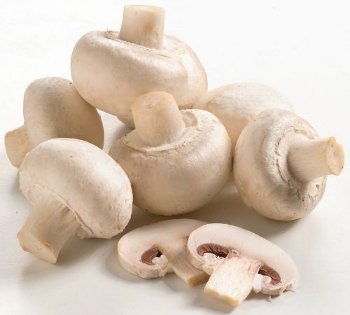Introduction
 Hippocrates first mentioned mushrooms when he wrote about their medicinal value in 400 B.C. The first mention of mushroom cultivation, distinct from a chance appearance in the field, was in 1652. Unfortunately, they were described as excellent for «making into compresses for ripening boils» but not as good to eat. In 1707, a French botanist wrote about mushrooms as «originating from a horse.»
Hippocrates first mentioned mushrooms when he wrote about their medicinal value in 400 B.C. The first mention of mushroom cultivation, distinct from a chance appearance in the field, was in 1652. Unfortunately, they were described as excellent for «making into compresses for ripening boils» but not as good to eat. In 1707, a French botanist wrote about mushrooms as «originating from a horse.»
He went on further to note, «Spores upon germination developed into a fluff, this fluff, planted into horse manure and covered with soil, would grow mushrooms.» The first record of year-round commercial production was in 1780 when a French gardener began to cultivate mushrooms in the underground quarries near Paris. After the Civil War, gardeners introduced mushroom growing to North America by using dark areas underneath greenhouse benches to grow mushrooms.
In spite of some articles that say mushrooms can be grown in any dark hole or building, successful commercial mushroom growing requires special houses equipped with ventilation systems. While mushrooms are usually grown in the absence of light, darkness is not a requirement. Mushrooms have been grown in unused coal and limestone mines, old breweries, basements of apartment houses, natural and man-made caves, rhubarb sheds, and many other unusual structures. Mushrooms were reportedly grown in an old dairy barn, which was so damp that cows living in it had died of pneumonia. In 1894, the first structure specifically designed to grow mushrooms was built in Chester County, Pennsylvania, which is usually referred to as the mushroom capital of the world.
Growing mushrooms is a wasterecycling activity. Mushroom farms benefit the environment by using many tons of mulch hay, strawbedded horse manure, and poultry manure. These products are considered agricultural waste products and would not have a home if it were not for mushroom production. Mushroom production is both an art and a science with many complex and distinct stages.
This fact sheet will outline the overall mushroom production cycle and give a brief description of each of the production stages. Phase I and Phase II composting, spawning, spawn colonization (Phase III), casing, case run, pinning, and harvesting are the primary stages of the mushroom production cycle. The specific criteria (temperature set points, carbon dioxide concentrations, and so forth) involved in each stage will change depending on different mushroom crops and different mushroom growers, but the basic concepts and methods of mushroom production remain constant. Although a written description of mushroom growing may seem simple, the process of preparing a composted substrate and its pasteurization is quite complex. Potential growers are encouraged to gain cultural experience on an existing farm before embarking on a private enterprise.
A few mushroom farms are located in limestone caves where the rock acts as both a heating and cooling surface, depending on the time of the year. Mushroom growing is not necessarily appropriate for caves or abandoned coal mines since they have too many intrinsic problems to be considered reliable sites for mushroom farms. The same is true for other dark, humid spaces of any sort. Limestone caves require extensive renovation and improvement before they are suitable for mushroom growing. Composting takes place above ground on a wharf, and only growing and harvesting occur in the cave.
3965 view.